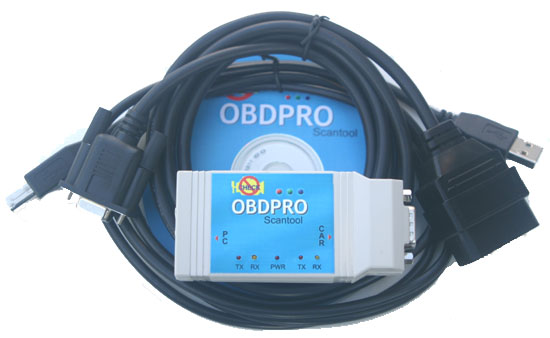Say I wanted to get into this CANbus monitoring game. Say I wanted to build my own hardware. It looks like I'd need some interface circuitry, and an appropriate microprocessor. And then a way to look at the data. I know that's reinventing the wheel, but I'm more interested in knowing how it works than getting useful data. Besides, it looks like you guys are way ahead in this game and it's practically over before I start. Still, this bus isn't going away any time soon, and I understand my poor little Scangauge can't hardly touch this stuff. I'd like to know I can modify what I make as I see fit, instead of running into this "well that board only does X, and this board is too old to know about Y", etc.
Would you say it's difficult, or really difficult? Or extremely difficult? I see the data rates are way up there, and the protocol may have a couple of layers. Kind of how Ethernet is. By the way, GroundLoop mentioned "pcap". Made me think if the data could be made to look like Ethernet data somehow, then Wireshark would be a great way to look at the data, as well as getting that data into a form usable by all.
I'll quit here before I really get rambling...


